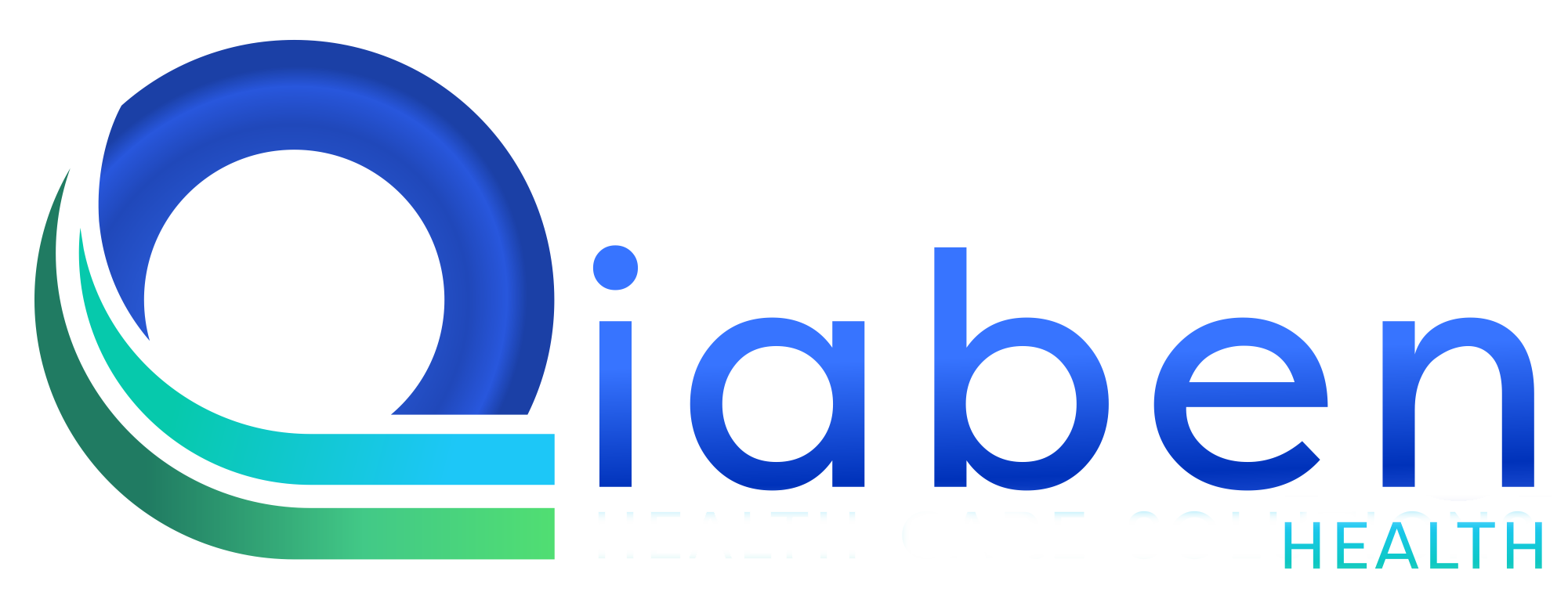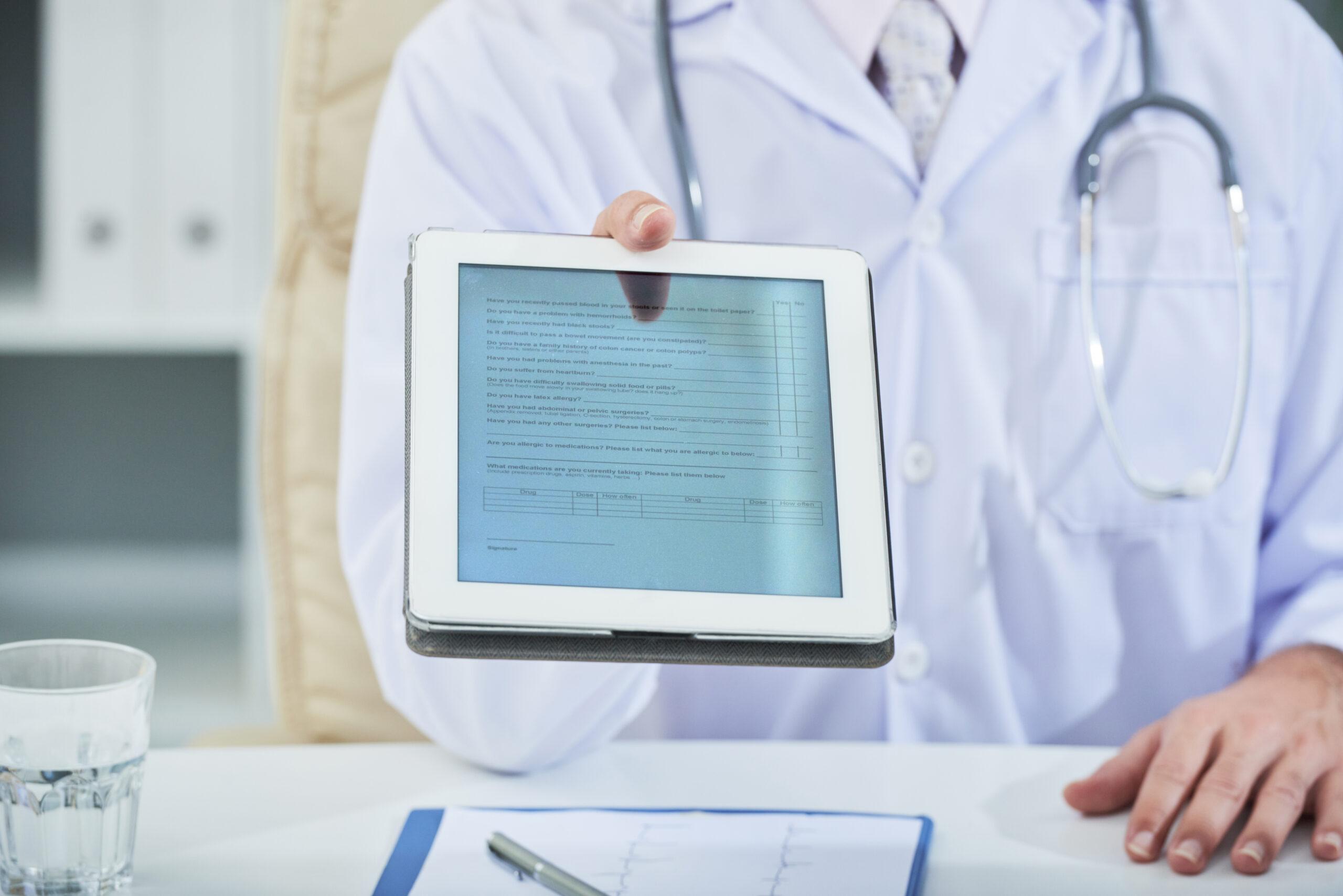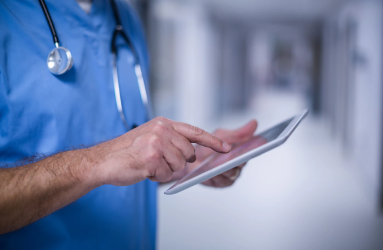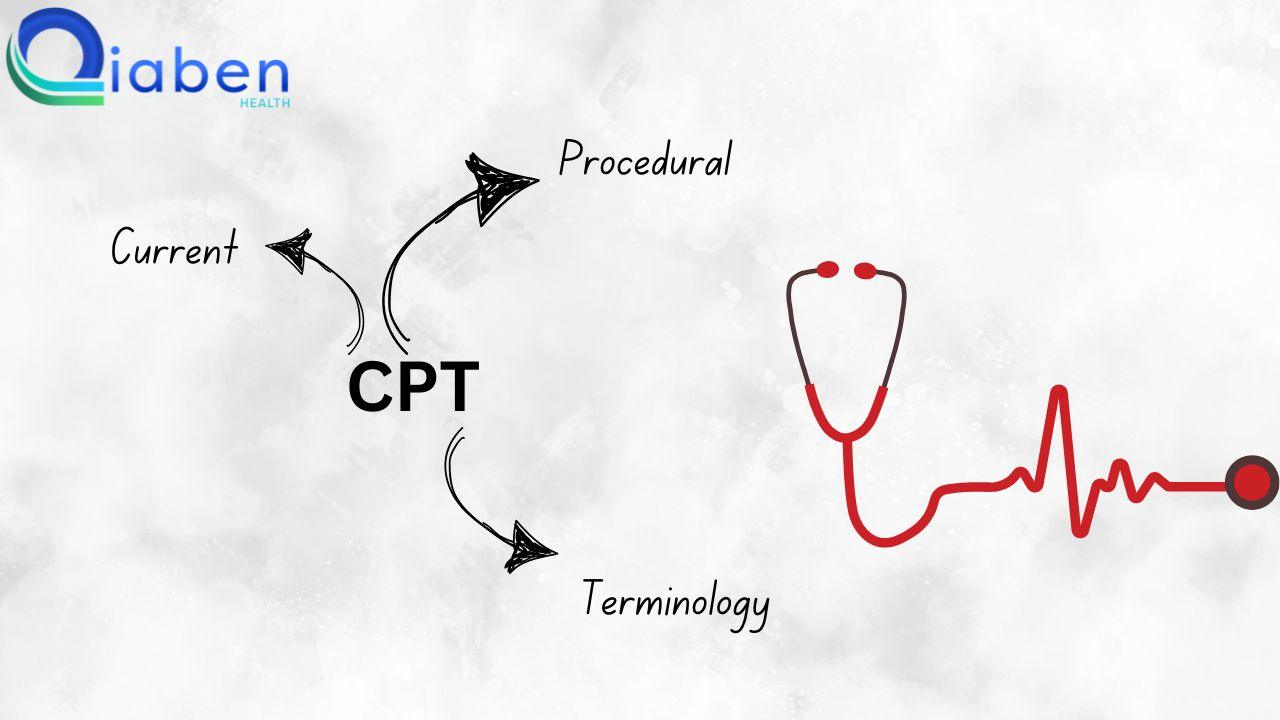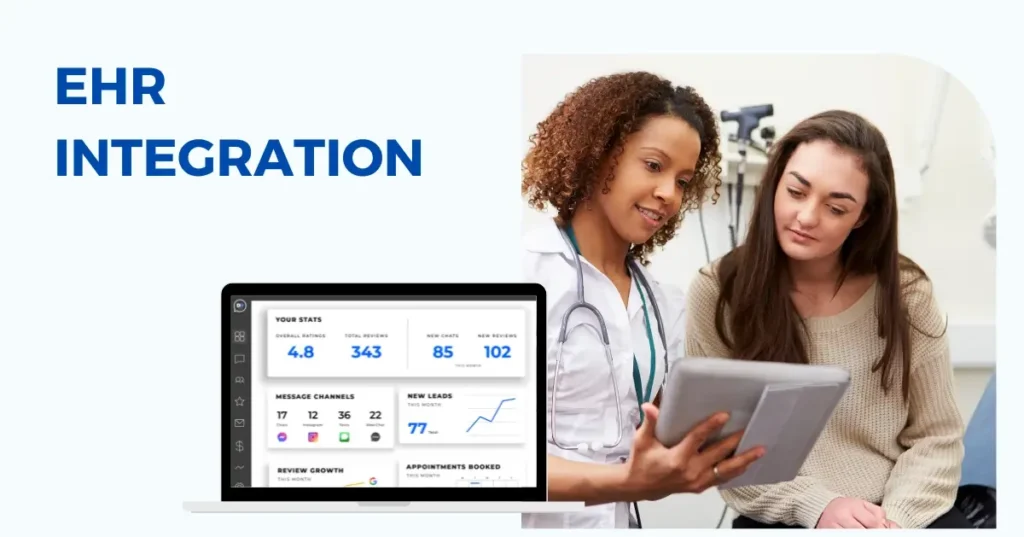
Introduction
Healthcare is evolving rapidly, and physicians and nurses must work efficiently without compromising on details. It is hard to keep patient records, test results, and treatment plans in mind, especially when there is too much data to manage.
This is where Electronic Health Record (EHR) dashboards assist. They consolidate all patient information in one location so that physicians and hospitals are able to make quicker and smarter decisions.
Rather than sifting through stacks of files, they are able to view everything on a screen in seconds. This is time-saving and makes patient care more efficient. Following are five key advantages of implementing an EHR dashboard in clinics and hospitals.
1.Quick & Easy Decision-Making
Physicians and nurses do not have the time to look for files when they are treating a patient. In many cases, they have to act on an instantaneous basis, and any sort of delay can lead to severe issues.
All critical medical history, lab results, medications, and vital signs can be seen in one location with an EHR dashboard. This allows physicians to immediately review a patient’s prior illnesses, current medications, and recent test results before determining the next course of action.
For instance, if a patient presents to the hospital with acute stomach pain, the physician can instantly refer to previous reports to determine whether they have ulcers, kidney stones, or infections. Rather than spending time asking redundant questions or conducting redundant tests, appropriate treatment can start right away.
2.Less Paperwork, More Time for Patients
Physicians and hospital workers spend considerable amounts of time doing paperwork and entering data, taking away time that could be spent on caring for patients. There are many forms to be completed, reports to be collated, and patient records to be kept up to date.
EHR dashboards eliminate this paperwork by maintaining everything in electronic form. Physicians do not have to recreate the same information repeatedly, and hospital staff do not have to dig into files from the past to retrieve details. Everything is saved in the correct format, and it is easy to make changes with a click or two.
For instance, if a hospital has hundreds of patients on a daily basis, finding one patient’s record in physical files can consume a lot of time. However, with an EHR system, the same record can be located within seconds, which eases hospital work significantly.
3.Complete Patient History in one place
Different doctors are consulted by most patients for various ailments. One may consult a general physician for fever, a cardiologist for heart, and a dietitian for weight control. Thereafter, it is hard to maintain a record of all their treatments and medicines.
An EHR dashboard puts all of this information together so that any physician can look at a complete history of the patient’s health. This simplifies it so that it’s easier to realize what has been effective in treatments previously and what needs to change.
For instance, if a patient with diabetes is going to a new physician, they need not describe the whole thing from the start. The physician can review their sugar level patterns, previous medications, and complications in the system as well. This reduces confusion and allows the treatment to go on unconditionally.
4.Improved Doctor-Patient Communication
Previously, patients were required to come to the hospital even for minor issues such as scheduling an appointment, picking up test results, or obtaining medicine information. Not only was this time-consuming, but it was also inconvenient.
Using EHR dashboards, most of these things can now be accomplished online. Patients are able to:
- Schedule appointments using their phone.
- Access test reports without having to visit the hospital.
- Send a message to their doctor for minor questions.
This is convenient for both patients and physicians. Patients do not have to spend hours waiting, and physicians can better organize their time.
For instance, if a patient wants to know if their recent blood test is normal, they do not need to go to the hospital. They can just check the EHR system and, if necessary, send a message to the physician for confirmation.
5.Improve Healthcare with Smart Insights
Hospitals don’t only cure individual patients they also have to deal with overall efficiency. How many patients are arriving daily? Which treatments are most effective? Where are the bottlenecks occurring? These are questions that must be answered.
EHR dashboards provide in-depth reports and trends that enable hospitals to improve their services. Through analyzing the data, they can:
- See which departments are carrying the most patient load and allocate staff accordingly.
- Identify prevalent diseases in the region and emphasize preventive care.
- Determine which processes are taking too long and correct them.
For instance, if a hospital finds that emergency patients are waiting for too long before receiving treatment, they can review the data, identify the problem, and take measures to rectify it.
Conclusion
EHR dashboards are simplifying hospital work and improving patient care. They assist physicians in making quicker decisions, decrease paperwork, and ensure patient records are up to date at all times.
For hospitals, employing an EHR system translates to:
- Less staff work and more efficient employees.
- Quicker and more precise treatment of patients.
- Improved communication between patients and doctors.
- Smarter hospital management through real-time information.
But for the system to function effectively, hospitals must properly train their personnel and ensure that the dashboard is user-friendly. Periodic updates and maintenance will also help ensure that the system is reliable and efficient.
With advancing technology, tools such as EHR dashboards will become increasingly crucial. Hospitals and clinics that begin using them today will remain at the forefront of delivering improved healthcare.

